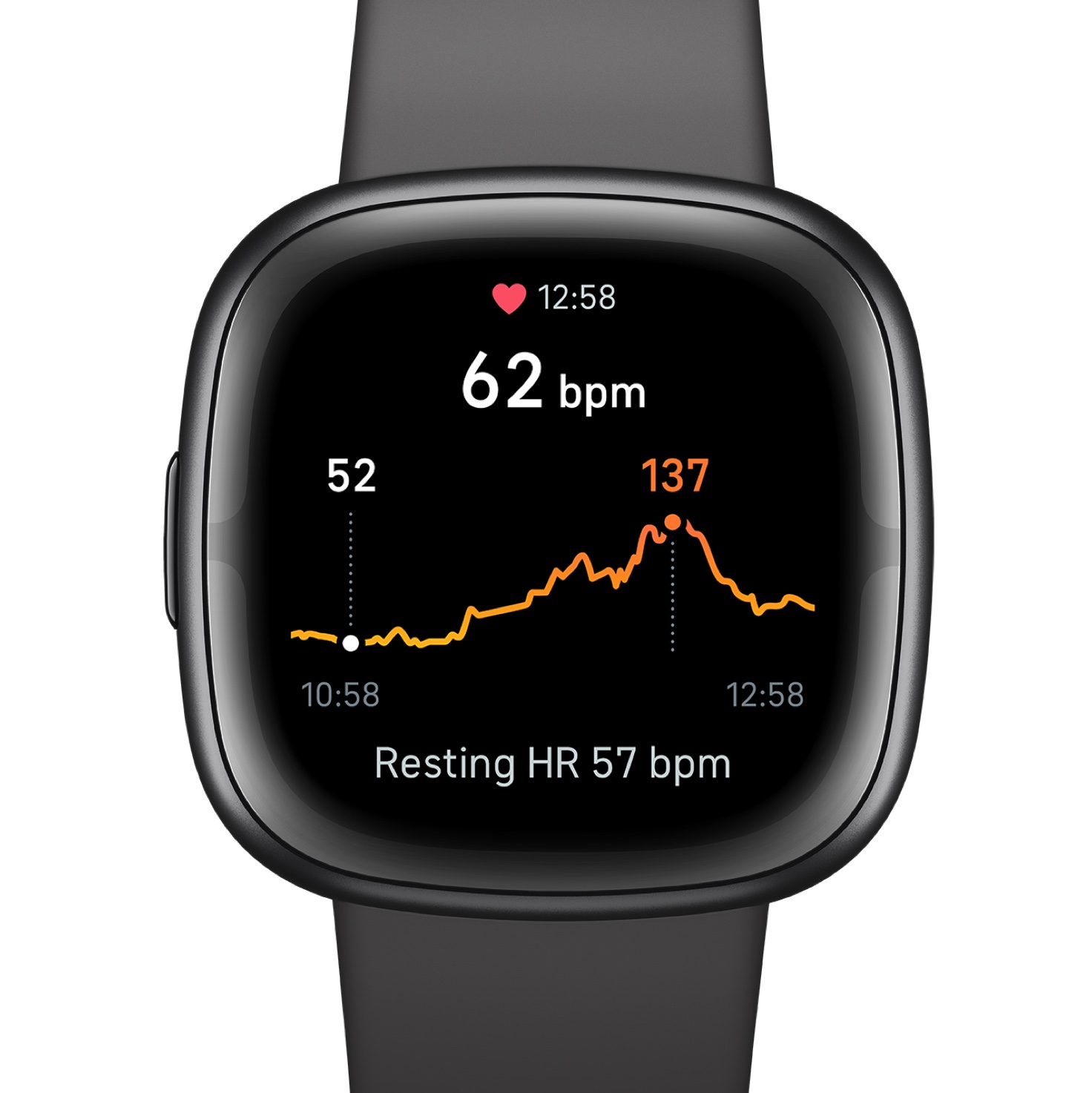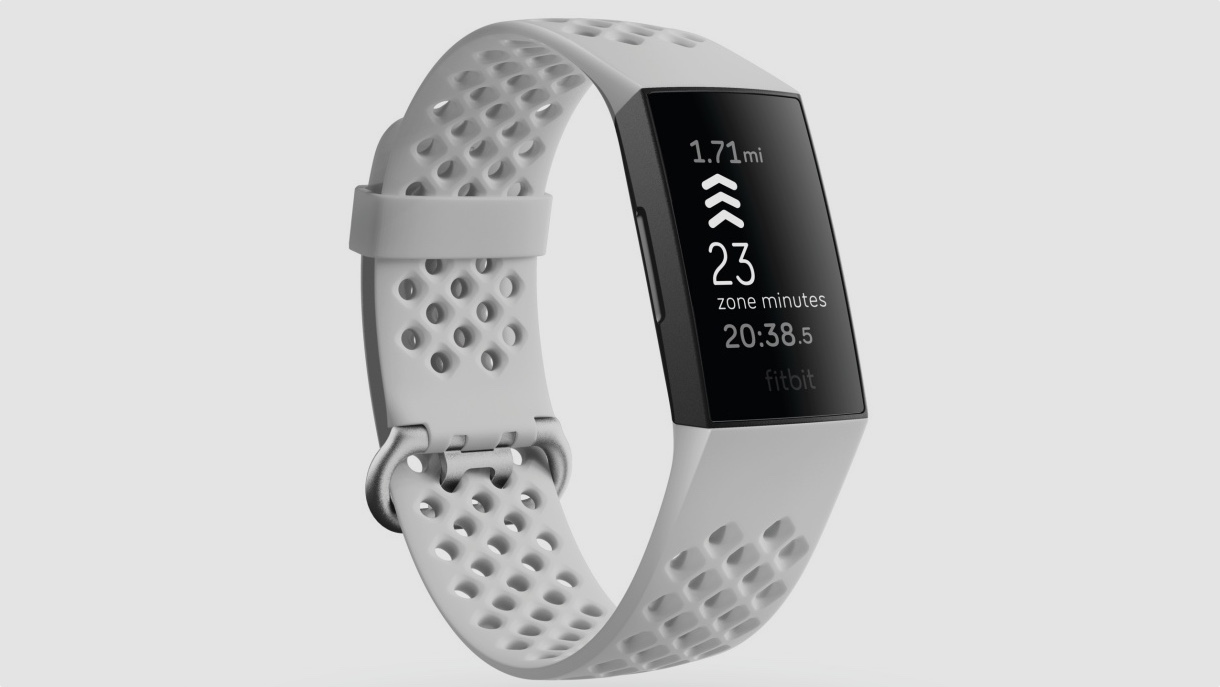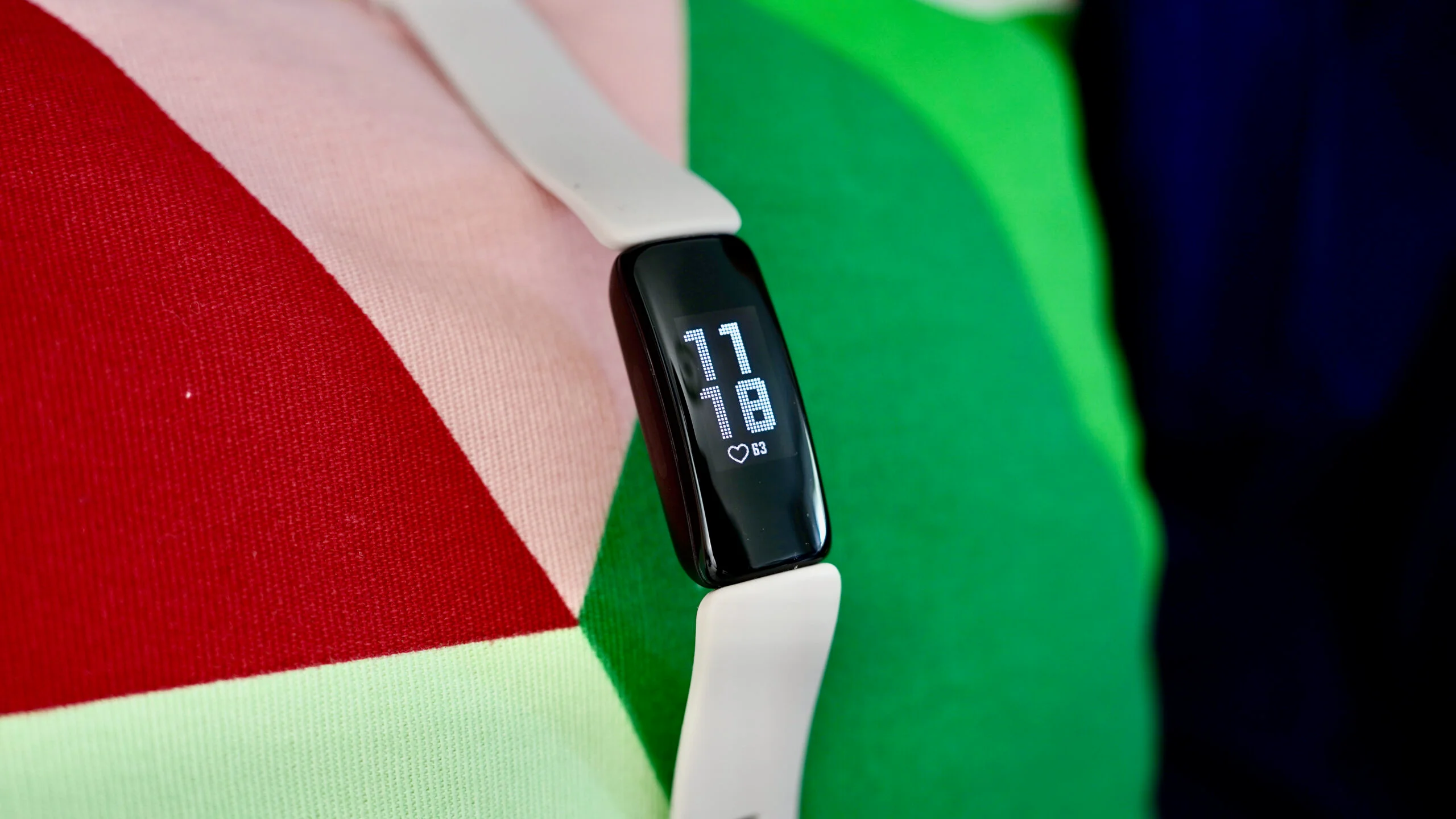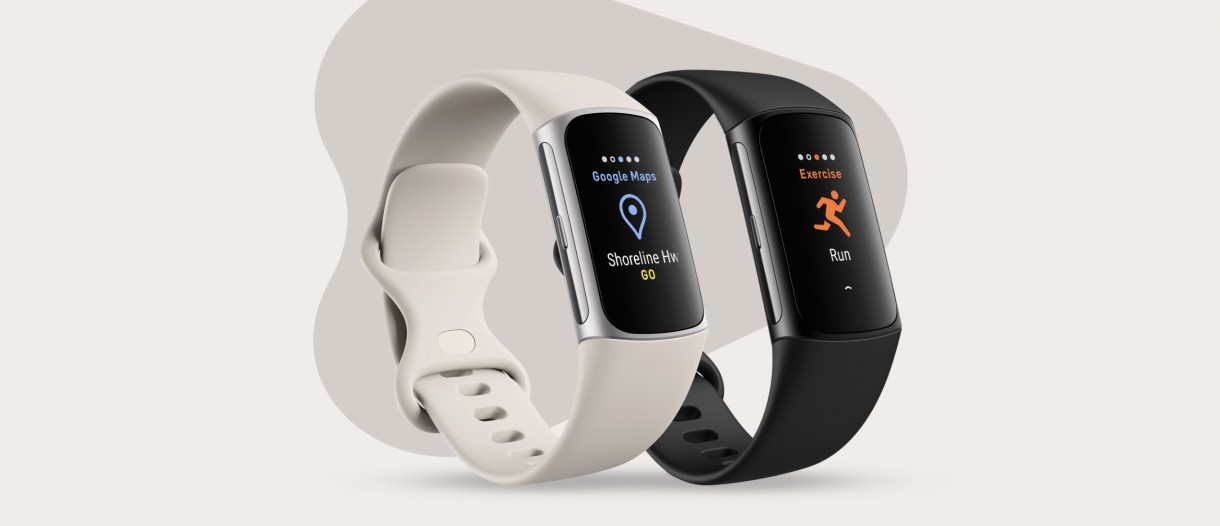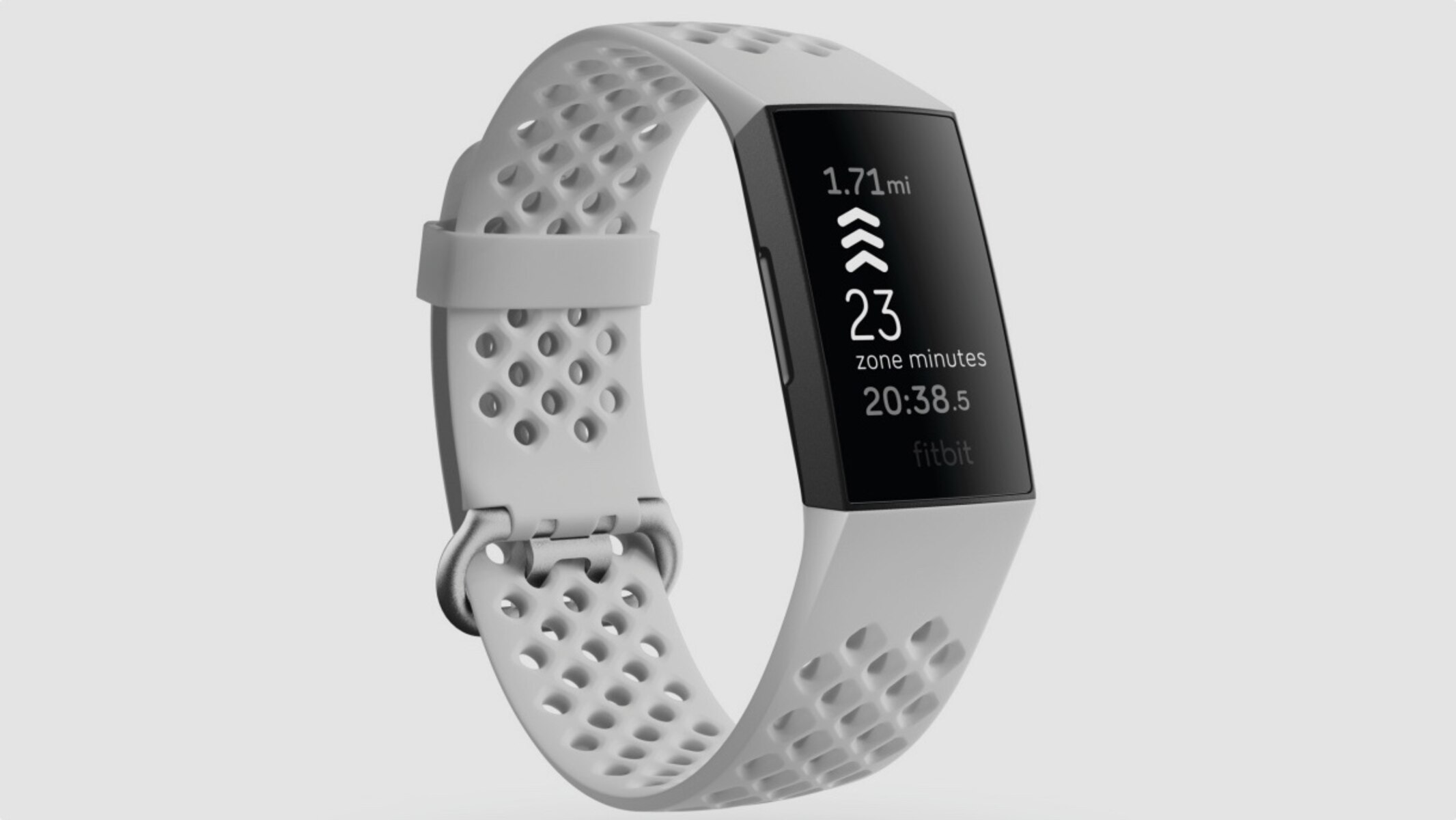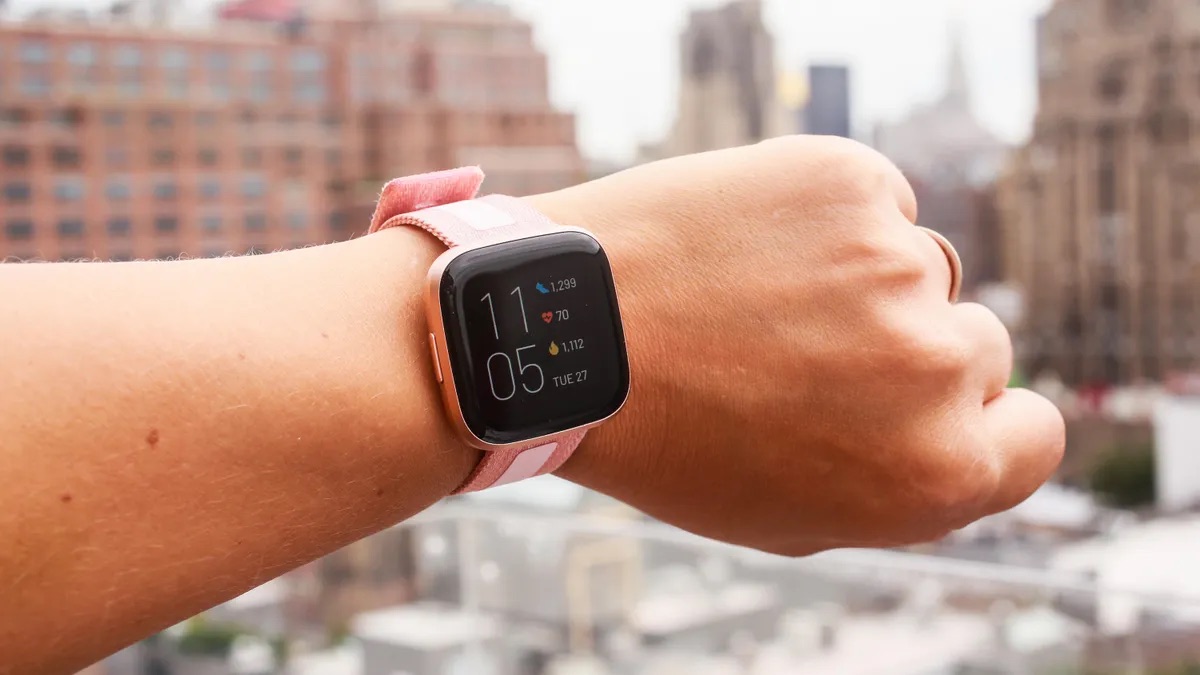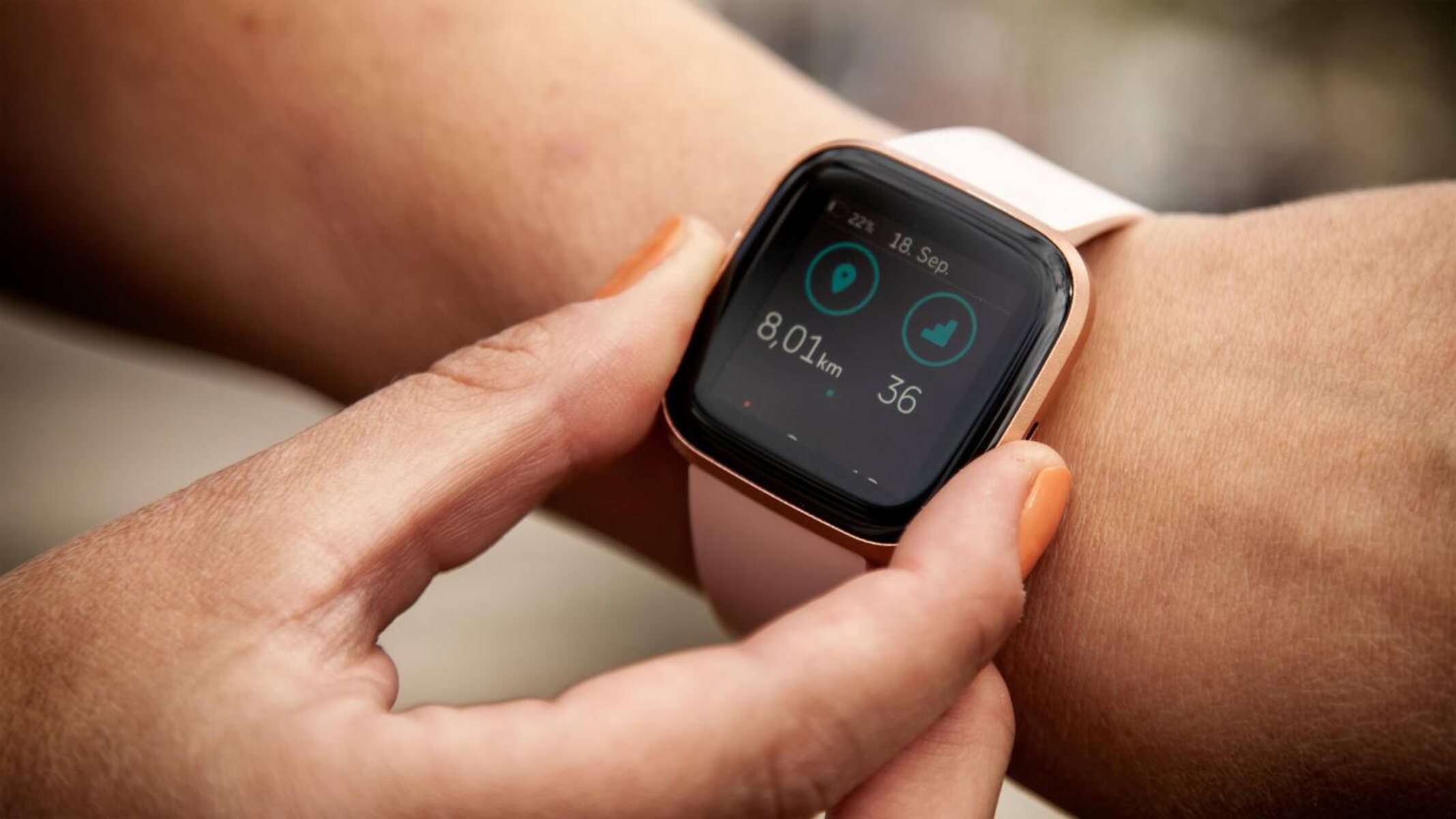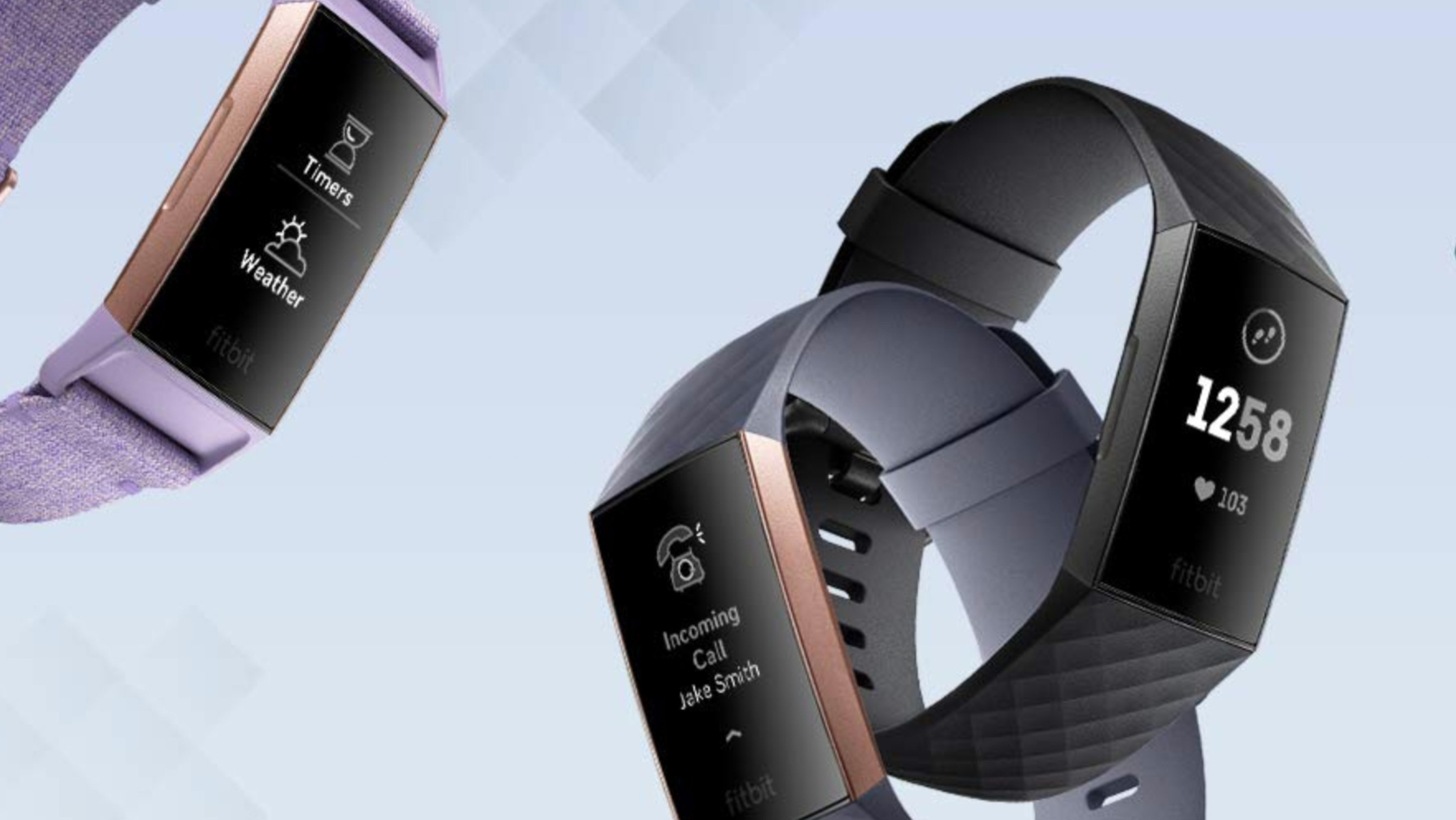Introduction
In today's fast-paced world, the pursuit of a healthy lifestyle has become a top priority for many individuals. As we strive to optimize our fitness routines and achieve our wellness goals, the role of wearable fitness technology has emerged as a game-changer. Among the myriad of metrics and data points tracked by these devices, one of the most crucial and insightful measurements is peak heart rate.
Understanding peak heart rate is pivotal in maximizing the effectiveness of our workouts and ensuring that we are pushing our bodies to their limits in a safe and efficient manner. Whether you're a seasoned fitness enthusiast or just embarking on your wellness journey, delving into the intricacies of peak heart rate can provide valuable insights that elevate your exercise regimen to new heights.
This article aims to demystify the concept of peak heart rate, elucidate its significance in the realm of fitness, and shed light on how wearable devices such as Fitbit play a pivotal role in monitoring and leveraging this vital metric. By the end of this exploration, you will gain a comprehensive understanding of peak heart rate and its implications for your fitness journey, empowering you to make informed decisions and optimize your workouts for peak performance.
What is Peak Heart Rate?
Peak heart rate, commonly referred to as maximum heart rate (MHR), denotes the highest number of heartbeats per minute that an individual can attain during intense physical exertion. This physiological parameter serves as a crucial indicator of cardiovascular fitness and plays a pivotal role in tailoring workout intensity to achieve optimal results.
The concept of peak heart rate is intrinsically linked to the body's cardiovascular system. As we engage in physical activities, our heart rate increases to meet the elevated oxygen demands of the muscles. This escalation continues until a point of maximum exertion is reached, resulting in the peak heart rate. For most individuals, this peak is typically achieved during vigorous exercise or high-intensity intervals.
Understanding one's peak heart rate is instrumental in customizing workout routines and ensuring that the body is pushed to its limits without compromising safety. By identifying the upper threshold of their heart rate, individuals can gauge their exertion levels during workouts, thereby optimizing their training regimens for efficiency and effectiveness.
Moreover, peak heart rate serves as a fundamental parameter for evaluating cardiovascular health and overall fitness levels. By monitoring and analyzing fluctuations in peak heart rate, individuals can gain insights into their cardiovascular endurance, track improvements over time, and set realistic fitness goals aligned with their physiological capabilities.
In essence, peak heart rate encapsulates the pinnacle of an individual's cardiovascular capacity, offering valuable insights into their fitness potential and serving as a cornerstone for crafting personalized exercise strategies. As such, comprehending the significance of peak heart rate empowers individuals to harness this metric to its full potential, thereby maximizing the efficacy of their fitness endeavors.
Importance of Understanding Peak Heart Rate
Understanding peak heart rate holds paramount significance in the realm of fitness and wellness. This pivotal metric serves as a compass, guiding individuals towards optimized workout routines, enhanced performance, and improved cardiovascular health. By delving into the importance of comprehending peak heart rate, we unravel its profound impact on fitness enthusiasts and athletes alike.
At its core, peak heart rate serves as a barometer of cardiovascular fitness, offering invaluable insights into an individual's physiological capabilities. By identifying the upper limits of their heart rate, individuals can tailor their exercise intensity to align with their fitness goals, thereby optimizing the effectiveness of their workouts. This personalized approach ensures that individuals are exerting themselves optimally, striking a balance between pushing their limits and avoiding overexertion.
Moreover, understanding peak heart rate enables individuals to gauge their cardiovascular endurance and track improvements over time. By monitoring fluctuations in peak heart rate during various activities, individuals can assess their cardiovascular fitness levels, identify areas for improvement, and set realistic fitness targets. This data-driven approach empowers individuals to make informed decisions regarding their workout regimens, fostering continuous progress and sustainable fitness outcomes.
Furthermore, peak heart rate plays a pivotal role in maximizing the efficiency of workouts. By leveraging this metric, individuals can tailor their exercise routines to achieve specific fitness objectives, whether it be fat burning, endurance building, or performance enhancement. This level of precision ensures that every workout session is optimized to yield the desired results, propelling individuals towards their fitness aspirations with purpose and efficacy.
In the broader context of health and wellness, understanding peak heart rate facilitates the cultivation of a safe and sustainable approach to fitness. By being cognizant of their physiological thresholds, individuals can mitigate the risk of overexertion and potential injury, fostering a balanced and responsible approach to physical activity. This awareness empowers individuals to embark on their fitness journeys with confidence, knowing that they are harnessing the power of peak heart rate to drive their progress while prioritizing their well-being.
In essence, the importance of understanding peak heart rate transcends mere numerical data; it embodies a holistic approach to fitness that is rooted in knowledge, empowerment, and safety. By embracing the insights offered by peak heart rate, individuals can embark on a journey towards sustainable fitness, unlocking their potential and achieving their wellness goals with precision and purpose.
How Fitbit Measures Peak Heart Rate
Fitbit employs cutting-edge technology to accurately measure peak heart rate, providing users with invaluable insights into their cardiovascular exertion during physical activities. The process through which Fitbit captures and analyzes peak heart rate data is a testament to its commitment to precision, reliability, and user-centric design.
Fitbit utilizes advanced optical heart rate monitoring technology, often integrated into the device's underside, to continuously track heart rate variations throughout the day and during workouts. This technology leverages photoplethysmography (PPG), a non-invasive method that utilizes light to detect blood volume changes in the microvascular tissue. By emitting and capturing light signals, Fitbit's sensors can discern subtle fluctuations in blood volume, thereby deriving accurate heart rate measurements.
During physical activities, Fitbit's sensors detect the pulsatile blood flow, enabling the device to calculate the user's heart rate in real-time. This seamless and non-intrusive monitoring process ensures that users receive precise and timely feedback on their cardiovascular exertion, empowering them to optimize their workouts and make informed decisions regarding their fitness regimens.
Fitbit's proprietary algorithms further enhance the accuracy of peak heart rate measurements. By analyzing the data captured by the optical sensors, these algorithms filter out noise and artifacts, ensuring that the recorded heart rate data is reliable and reflective of the user's physiological responses. This meticulous data processing mechanism underpins the credibility of peak heart rate measurements obtained through Fitbit devices, instilling confidence in users regarding the accuracy and integrity of the data.
Moreover, Fitbit's integration of peak heart rate zones and personalized heart rate targets within its ecosystem elevates the user experience to new heights. By translating raw heart rate data into actionable insights, Fitbit empowers users to identify their peak heart rate thresholds, set customized heart rate zones, and receive real-time notifications when they enter specific intensity zones during workouts. This functionality enables users to tailor their exercise intensity, optimize fat burning, and enhance cardiovascular endurance, all while leveraging the precision of peak heart rate data.
In essence, Fitbit's approach to measuring peak heart rate encompasses a fusion of state-of-the-art sensor technology, sophisticated data processing algorithms, and user-centric features. This holistic integration culminates in a seamless and empowering experience for users, enabling them to harness the power of peak heart rate to elevate their fitness journeys with precision and confidence.
Factors Affecting Peak Heart Rate
Several intrinsic and extrinsic factors influence an individual's peak heart rate, reflecting the dynamic interplay of physiological, environmental, and lifestyle elements. Understanding these influential factors is pivotal in interpreting peak heart rate data accurately and tailoring exercise regimens to align with individualized fitness goals.
Age:
Age exerts a significant influence on peak heart rate, with younger individuals typically demonstrating higher maximum heart rates compared to older adults. As individuals age, the heart's ability to reach and sustain peak rates diminishes, reflecting age-related changes in cardiovascular function. This physiological reality underscores the importance of adjusting target heart rate zones based on age to ensure safe and effective workouts.
Fitness Level:
An individual's fitness level serves as a key determinant of their peak heart rate. Well-conditioned athletes often exhibit lower resting heart rates and are capable of achieving higher peak heart rates during intense exercise compared to sedentary individuals. This correlation underscores the adaptability of the cardiovascular system in response to regular physical activity, emphasizing the role of fitness in modulating peak heart rate.
Genetics:
Genetic predispositions play a role in influencing an individual's peak heart rate. Variations in cardiac structure and function, as well as inherent differences in autonomic nervous system regulation, can contribute to inter-individual disparities in peak heart rate responses. Acknowledging the genetic component underscores the need for personalized approaches to interpreting and utilizing peak heart rate data.
Medications and Health Conditions:
Certain medications and underlying health conditions can impact peak heart rate. Medications that affect cardiac function or alter autonomic nervous system activity may modify heart rate responses during exercise. Additionally, cardiovascular conditions such as arrhythmias, hypertension, or coronary artery disease can influence an individual's peak heart rate, necessitating tailored exercise prescriptions and close monitoring.
Environmental Factors:
Environmental conditions, including temperature, humidity, and altitude, can influence peak heart rate responses during physical exertion. Extreme temperatures, high humidity, or altitude exposure can impose additional physiological stress on the cardiovascular system, potentially altering peak heart rate dynamics. Recognizing the impact of environmental factors is essential in optimizing workout strategies in varying conditions.
Emotional and Psychological State:
Emotional and psychological factors, such as stress, anxiety, or excitement, can influence peak heart rate responses. Heightened emotional states can trigger sympathetic nervous system activation, leading to elevated heart rates. Conversely, relaxation techniques and mental focus may modulate heart rate responses during exercise. Understanding the interplay between emotions and peak heart rate aids in fostering a holistic approach to fitness.
In essence, a nuanced understanding of the multifaceted factors influencing peak heart rate is indispensable in tailoring exercise prescriptions, interpreting heart rate data accurately, and optimizing fitness outcomes. By acknowledging the intricate interplay of age, fitness level, genetics, medications, environmental conditions, and emotional states, individuals can harness the power of peak heart rate with precision and insight, empowering them to embark on their fitness journeys with informed strategies and personalized approaches.
Tips for Utilizing Peak Heart Rate Data
Understanding how to effectively utilize peak heart rate data can significantly enhance the efficacy and safety of your workouts, empowering you to optimize your fitness journey with precision and purpose. Here are essential tips for leveraging peak heart rate data to elevate your exercise regimen:
-
Establish Personalized Heart Rate Zones: Utilize your peak heart rate data to set personalized heart rate zones tailored to your fitness goals. By delineating distinct intensity zones such as fat-burning, aerobic, and anaerobic thresholds based on your peak heart rate, you can optimize your workouts for specific objectives, such as improving endurance, maximizing fat burn, or enhancing cardiovascular fitness.
-
Monitor and Adjust Exercise Intensity: During workouts, continuously monitor your heart rate to ensure that you are exercising within the intended heart rate zones. By leveraging real-time heart rate feedback, you can modulate the intensity of your exercise to stay within the desired zones, optimizing the effectiveness of your training while minimizing the risk of overexertion.
-
Utilize Interval Training: Incorporate interval training based on your peak heart rate data to enhance cardiovascular conditioning and calorie expenditure. By alternating between periods of high-intensity effort (approaching or reaching peak heart rate) and active recovery, you can maximize the efficiency of your workouts, stimulate metabolic adaptations, and elevate your fitness levels.
-
Track Progress and Adjustments: Regularly assess your peak heart rate data to track improvements in cardiovascular fitness over time. By analyzing fluctuations in peak heart rate during consistent workouts, you can gauge your progress, identify training plateaus, and make informed adjustments to your exercise routines to continue challenging your cardiovascular system and driving fitness gains.
-
Customize Training Programs: Utilize your peak heart rate data to customize training programs that align with your fitness objectives. Whether you are targeting weight loss, endurance enhancement, or performance improvement, tailoring your workouts based on peak heart rate insights ensures that you are optimizing your training to achieve specific fitness outcomes with precision.
-
Integrate Recovery and Rest Days: Recognize the importance of recovery and rest days in optimizing peak heart rate utilization. By allowing adequate recovery periods between intense workouts, you facilitate physiological adaptations, mitigate the risk of overtraining, and optimize peak heart rate responses during subsequent training sessions, fostering sustainable progress and injury prevention.
-
Seek Professional Guidance: Consult with fitness professionals or healthcare providers to interpret and leverage your peak heart rate data effectively. By obtaining expert guidance, you can gain personalized insights into optimizing your workouts, addressing individual physiological considerations, and ensuring that you are harnessing the full potential of peak heart rate data in a safe and informed manner.
By incorporating these tips into your fitness journey, you can harness the power of peak heart rate data to elevate your workouts, drive continuous progress, and achieve your wellness goals with precision and purpose.
Conclusion
In conclusion, the exploration of peak heart rate unveils a profound tapestry of insights and implications that resonate deeply within the realm of fitness and wellness. As we traverse the landscape of peak heart rate, we unearth a fundamental metric that transcends numerical data, embodying the very essence of personalized fitness optimization and holistic well-being.
The significance of understanding peak heart rate resonates on multiple levels, serving as a compass that guides individuals towards safe and effective workout strategies tailored to their physiological thresholds. By delving into the intricacies of peak heart rate, individuals gain the power to harness this metric as a catalyst for progress, seamlessly aligning their fitness objectives with their cardiovascular capabilities.
Fitbit, with its advanced heart rate monitoring technology and user-centric features, emerges as a beacon of precision and empowerment in the realm of peak heart rate measurement. Its seamless integration of peak heart rate data into actionable insights equips users with the tools to optimize their workouts, monitor progress, and achieve fitness milestones with unwavering confidence.
Furthermore, the multifaceted factors influencing peak heart rate underscore the dynamic interplay of age, fitness level, genetics, medications, environmental conditions, and emotional states, shaping the nuanced landscape of cardiovascular exertion. Embracing this complexity empowers individuals to craft personalized workout regimens that resonate with their unique physiological profiles, fostering a harmonious synergy between fitness aspirations and individualized well-being.
The tips for utilizing peak heart rate data serve as a roadmap, guiding individuals towards a paradigm of precision and purpose in their fitness endeavors. By integrating these strategies into their workout routines, individuals can harness the transformative potential of peak heart rate data, driving continuous progress, and achieving their wellness aspirations with unwavering clarity.
In essence, the journey through peak heart rate transcends mere numerical metrics; it embodies a narrative of empowerment, precision, and holistic well-being. By embracing the insights garnered from understanding and leveraging peak heart rate, individuals embark on a transformative odyssey towards sustainable fitness, where every heartbeat resonates with purpose, and every workout is a testament to the power of informed choices and personalized optimization.







